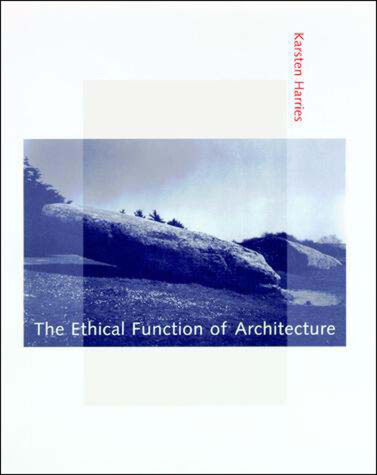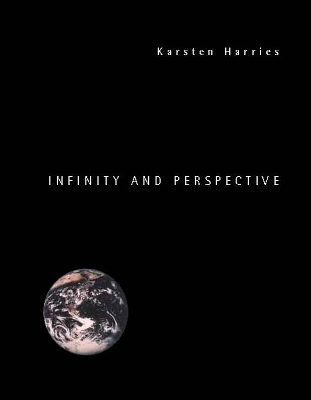The MIT Press
2 total works
In a series of cogent and balanced arguments, Harries questions the premises on which architects and theorists have long relied—premises which have contributed to architecture's current identity crisis and marginalization. He first criticizes the aesthetic approach, focusing on the problems of decoration and ornament. He then turns to the language of architecture. If the main task of architecture is indeed interpretation, in just what sense can it be said to speak, and what should it be speaking about? Expanding upon suggestions made by Martin Heidegger, Harries also considers the relationship of building to the idea and meaning of dwelling.
Architecture, Harries observes, has a responsibility to community; but its ethical function is inevitably also political. He concludes by examining these seemingly paradoxical functions.
A philosophical exploration of the origin and limits of the modern world.
Much postmodern rhetoric, suggests Karsten Harries, can be understood as a symptom of our civilization's discontent, born of regret that we are no longer able to experience our world as a cosmos that assigns us our place. But dissatisfaction with the modern world may also spring from a conviction that modernism has failed to confront the challenge of an inevitably open future. Such conviction has frequently led to a critique of modernity's founding heroes. Challenging that critique, Harries insists that modernity is supported by nothing other than human freedom. But more important to Harries is to show how modernist self-assertion is shadowed by nihilism and what it might mean to step out of that shadow. Looking at a small number of medieval and Renaissance texts, as well as some paintings, he uncovers the threshold that separates the modern from the premodern world. At the same time, he illuminates that other, more questionable threshold, between the modern and the postmodern.
Two spirits preside over the book: Alberti, the Renaissance author on art and architecture, whose passionate interest in perspective and point of view offers a key to modernity; and Nicolaus Cusanus, the fifteenth-century cardinal, whose work shows that such interest cannot be divorced from speculations on the infinity of God. The title Infinity and Perspective connects the two to each other and to the shape of modernity.

